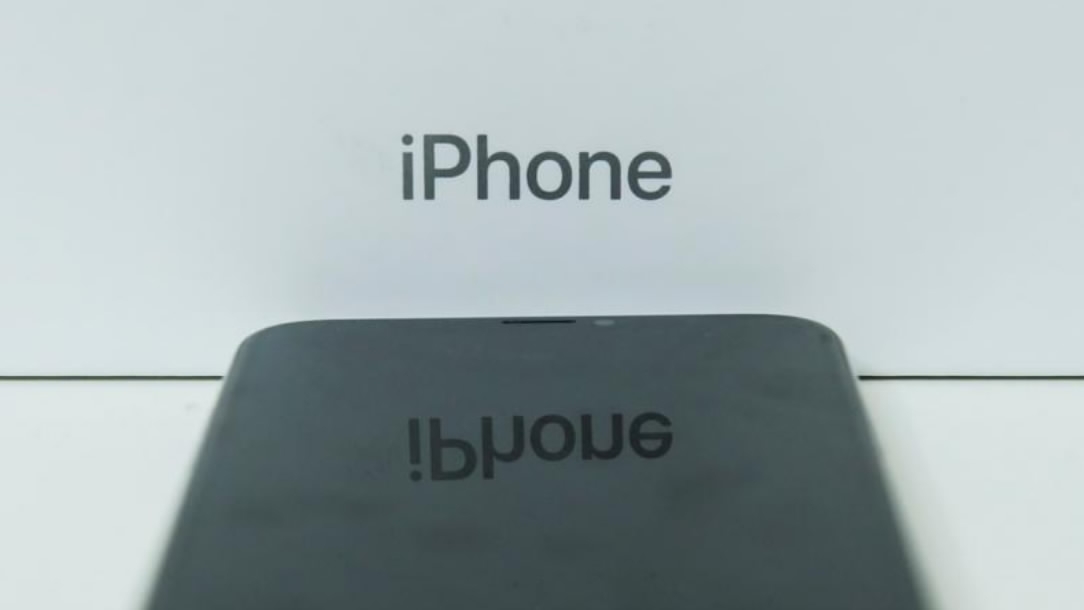
Mobile
16:58, 25-Jan-2018
iPhone software update spotlights Apple secrecy on battery health

Apple’s move on Wednesday to give iPhone owners information about the health of their batteries reverses the company’s longstanding refusal to make such information available directly on iPhones and iPads, even though battery health has long been easy to check on Apple’s Mac computers.
Apple said an update to its iOS operating system will show the phone’s battery health and recommend whether the battery needs to be replaced. It will also let users turn off a controversial piece of software that slows the phone’s performance in some situations when the battery is flagging.

A person takes a photo of an Apple logo before an announcement of new products at the Apple Worldwide Developers Conference in San Jose, California, US, on June 5, 2017. /AP Photo
A person takes a photo of an Apple logo before an announcement of new products at the Apple Worldwide Developers Conference in San Jose, California, US, on June 5, 2017. /AP Photo
Apple acknowledged in December that its software sometimes deliberately slows phones with weak batteries. Apple apologized and lowered the price of battery replacements in its stores from 79 to 29 US dollars for affected phones.
Critics say Apple has obfuscated the fact that a worn-out battery not only fails to hold a charge, it also degrades the phone’s performance. The company’s lack of transparency on the issue has pushed people to buy a new phone rather than a new battery, these people say.
“The battery wears out,” said Kyle Wiens, chief executive of iFixit, which publishes repair guides for iPhones and sells replacement parts. “They have been pretending like the battery doesn’t wear out. They’ve made billions of dollars on that pretense.”

Apple was criticized for deliberately slowing down batteries on its older iPhones in order to push people to buy a newer one. /VCG Photo
Apple was criticized for deliberately slowing down batteries on its older iPhones in order to push people to buy a newer one. /VCG Photo
Apple has always banned battery-health apps from the App Store for security reasons. While a few developers had found ways around the restrictions, their apps stopped showing a key piece of information -- the “charge cycle count,” or how many times the battery has been drained and recharged -- after a 2016 software update.
Rogerio Hirooka of Lirum Labs said his company’s app lost charge cycle counts in 2016 but can still provide information on charge capacity, which can be used to determine whether the battery is at the end of its life. He said a routine bug-fix for the app was rejected by Apple in December, just before Apple acknowledged the battery-slowing issue.
Apple rejected his app because it provides “potentially inaccurate diagnostic functionality” that could “mislead or confuse your users,” according to documents from the app review process. Apple explains that “there is no publicly available infrastructure to support iOS diagnostic analysis,” according to the documents.

A battery is exposed as a man tries to repair an iPhone in a repair store in New York, US, on February 17, 2016. /VCG Photo
A battery is exposed as a man tries to repair an iPhone in a repair store in New York, US, on February 17, 2016. /VCG Photo
Apple declined to comment on why battery diagnosis is available on the Mac but not on the iPhone, or why it rejected the update to Hirooka’s app.
“That fact that they tell you (battery health) on the Mac but it’s a forbidden secret on the iPhone is crazy,” Wiens said.
All lithium ion batteries degrade over time. Until the software update announced Wednesday becomes available -- and Apple has not given a specific date -- the only way to check an iPhone battery is to take the device to an Apple Store or hook the phone up to a Mac computer running special third-party software.
Repair advocates have long criticized Apple and other technology companies for making batteries hard for users to access and replace. Apple has been lobbying against “right to repair” laws in several US states that would require it to sell parts to independent repair shops.
Source(s): AP
,Reuters

SITEMAP
Copyright © 2018 CGTN. Beijing ICP prepared NO.16065310-3
Copyright © 2018 CGTN. Beijing ICP prepared NO.16065310-3